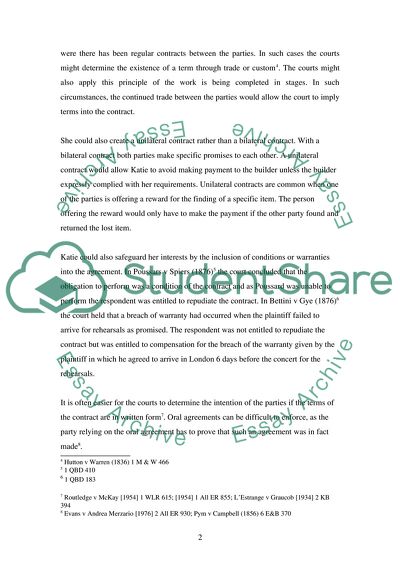Cite this document
(The Formation of a Contract Case Study Example | Topics and Well Written Essays - 2000 words, n.d.)
The Formation of a Contract Case Study Example | Topics and Well Written Essays - 2000 words. https://studentshare.org/law/1724870-common-law
The Formation of a Contract Case Study Example | Topics and Well Written Essays - 2000 words. https://studentshare.org/law/1724870-common-law
(The Formation of a Contract Case Study Example | Topics and Well Written Essays - 2000 Words)
The Formation of a Contract Case Study Example | Topics and Well Written Essays - 2000 Words. https://studentshare.org/law/1724870-common-law.
The Formation of a Contract Case Study Example | Topics and Well Written Essays - 2000 Words. https://studentshare.org/law/1724870-common-law.
“The Formation of a Contract Case Study Example | Topics and Well Written Essays - 2000 Words”. https://studentshare.org/law/1724870-common-law.


